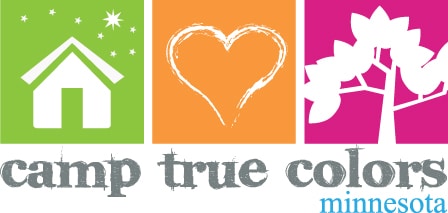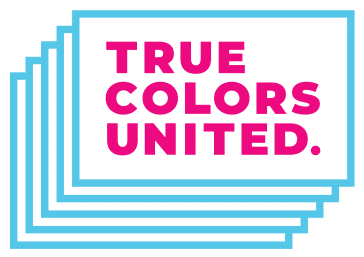
One Heartland and the True Colors Fund today announce an expanded partnership offering a “Camp True Colors” summer camp experience for at-risk lesbian, gay, bisexual, and transgender youth in Minnesota, June 19-23.
“LGBT youth face their own set of challenges, and we want to give them a safe place that is welcoming, supporting and fun,” says Patrick Kindler, Executive Director of One Heartland. “We also have the support of other key partners, such as the Minnesota School Outreach Coalition, to make sure we reach at-risk LGBT youth with a program specifically for their needs.”
Formerly Camp Camp Revolution, the new Camp True Colors Minnesota will welcome campers ages 13-17 at One Heartland’s facility in Willow River, Minnesota. Approximately half of the campers will be homeless or living in out-of-home care. This new partnership will allow the camp to serve many more youth.
“We know that gay and transgender youth make up about 40 percent of the 1.6 million homeless youth in the United States, which is why a supportive effort like Camp True Colors has the potential to make a critical impact for more youth at risk than ever before,” said Gregory Lewis, Executive Director, of the True Colors Fund. “The True Colors Fund is working toward ending this crisis entirely, but in the meantime, for one week, young people will learn skills to keep them moving forward in life, and have the chance to truly be themselves.”
Camp True Colors began in New York, also as a partnership between the True Colors Fund and One Heartland. Camp True Colors New York will take place the last week of August. Camp True Colors Minnesota program is offered at low- or no-cost to campers and funded cooperatively by One Heartland and the True Colors Fund. One Heartland runs national programs to help improve the lives of children and families facing socially isolating conditions, such as HIV/AIDS, type 2 diabetes, and youth facing homelessness and identifying as LGBT. Most of One Heartland’s camp experiences are offered at no cost to campers and families, as more than 75 percent of them live below the poverty line.
